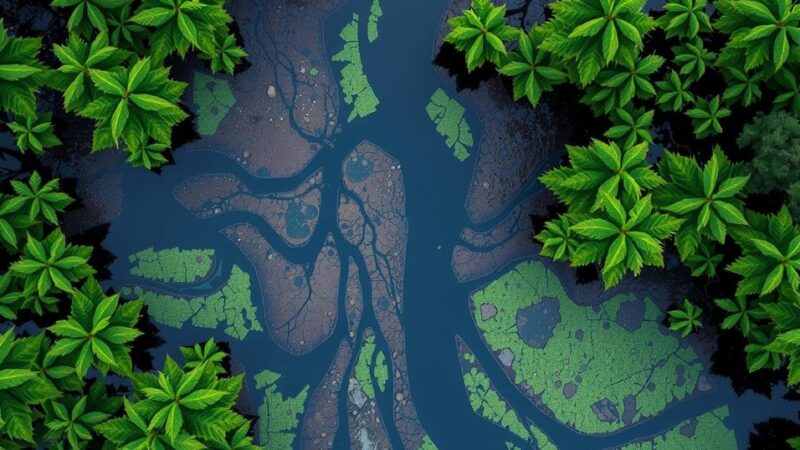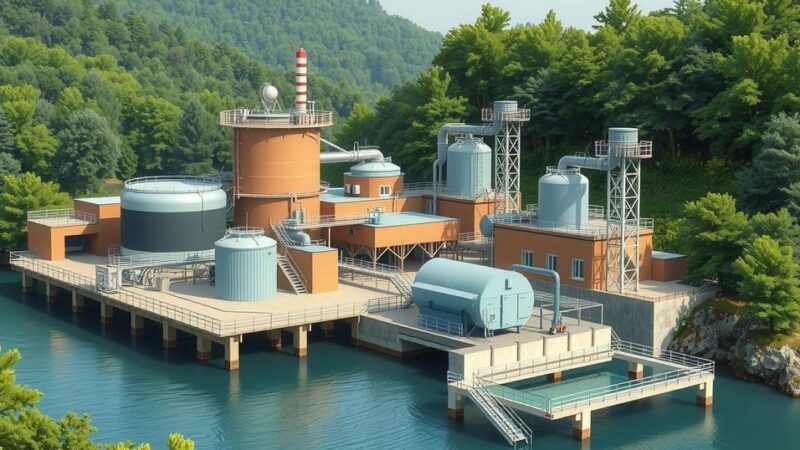Women and girls face severe impacts from climate change, yet they are underrepresented in media coverage. A study shows only 25% of sources in climate news are female, highlighting a troubling absence of women’s perspectives. Activists like Niloufar Bayani and Juliet Kabera exemplify the vital yet overlooked role women play in environmental movements, emphasizing the necessity for their inclusion in climate discourse.
Women and girls are significantly impacted by climate change, facing severe health challenges from natural disasters such as floods and heatwaves while being responsible for securing vital resources like food and water for their families. As extreme weather events deplete these resources, their livelihoods are increasingly threatened.
Despite this overwhelming impact, women’s voices are notably absent in climate change discourse. A study by the non-profit Media Diversity Institute revealed that from 2017 to 2021, only 25% of sources quoted in climate change news articles were women, indicating a lack of representation in narratives surrounding this critical issue.
My academic research, which focuses on environmental reporting in authoritarian contexts like Iran and the Middle East and North Africa, underscores this absence. Here, women’s contributions to discussions about climate issues are often silenced, and those who do attempt to speak out face intimidation and potential persecution.
For instance, during a 2024 heatwave in Iran, extreme temperatures led to various health issues for women, including heatstroke and complications during pregnancy. However, media coverage predominantly highlighted governmental responses rather than the personal experiences and struggles of women affected by these conditions.
Women play a crucial role in environmental advocacy and are frequently leading initiatives against climate change. Research suggests they are more likely to engage in environmental volunteer work. Additionally, countries led by women often implement more progressive climate policies. Yet, women activists in the global south, who are pivotal in such initiatives, routinely receive scant media attention.
Notable leaders such as Niloufar Bayani and Sepideh Kashani, imprisoned for their environmental work in Iran, exemplify the challenges faced by women activists in repressive environments. Similarly, Juliet Kabera from Rwanda advocates against plastic waste yet remains relatively unrecognized in the global conversation on environmental issues.
My findings reveal a troubling trend; women are often portrayed as victims in climate narratives rather than as informed leaders or agents of change. This imbalance in media representation hinders the development of comprehensive solutions to climate challenges, reflecting a need for a wider inclusion of women’s perspectives in dialogues surrounding environmental policies.
In conclusion, it is imperative to recognize and amplify the contributions of women in the climate change discourse. Ensuring that their experiences and ideas inform media narratives is crucial for developing effective environmental policies that genuinely address the needs of those communities most affected by climate change. If women are leading the fight against climate changes, their voices must also lead the conversation.
In summary, women and girls are disproportionately affected by climate change, yet their experiences and contributions to environmental advocacy are largely overlooked in media coverage. The lack of representation of women in climate narratives not only silences their struggles but also impedes the development of effective climate policies. Amplifying women’s voices in this critical conversation is essential for addressing the multifaceted challenges posed by climate change.
Original Source: theconversation.com






